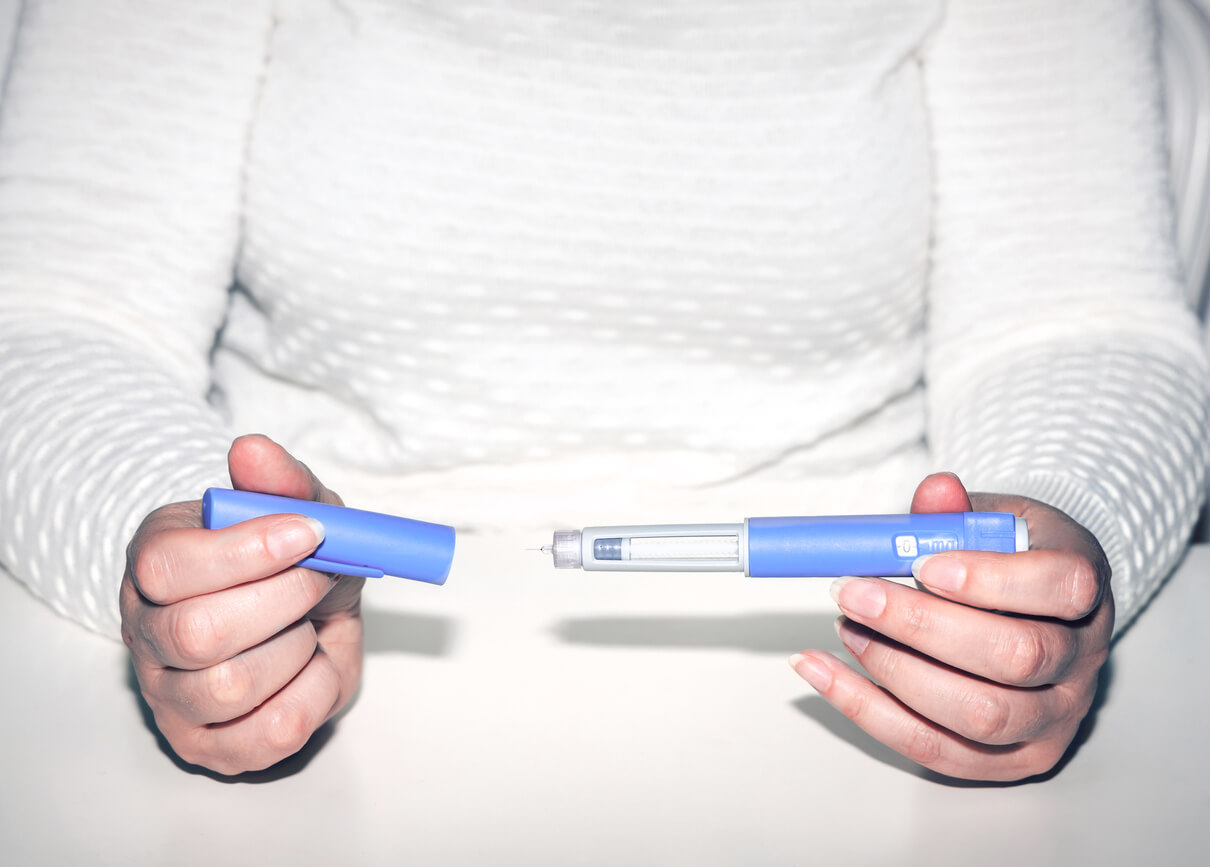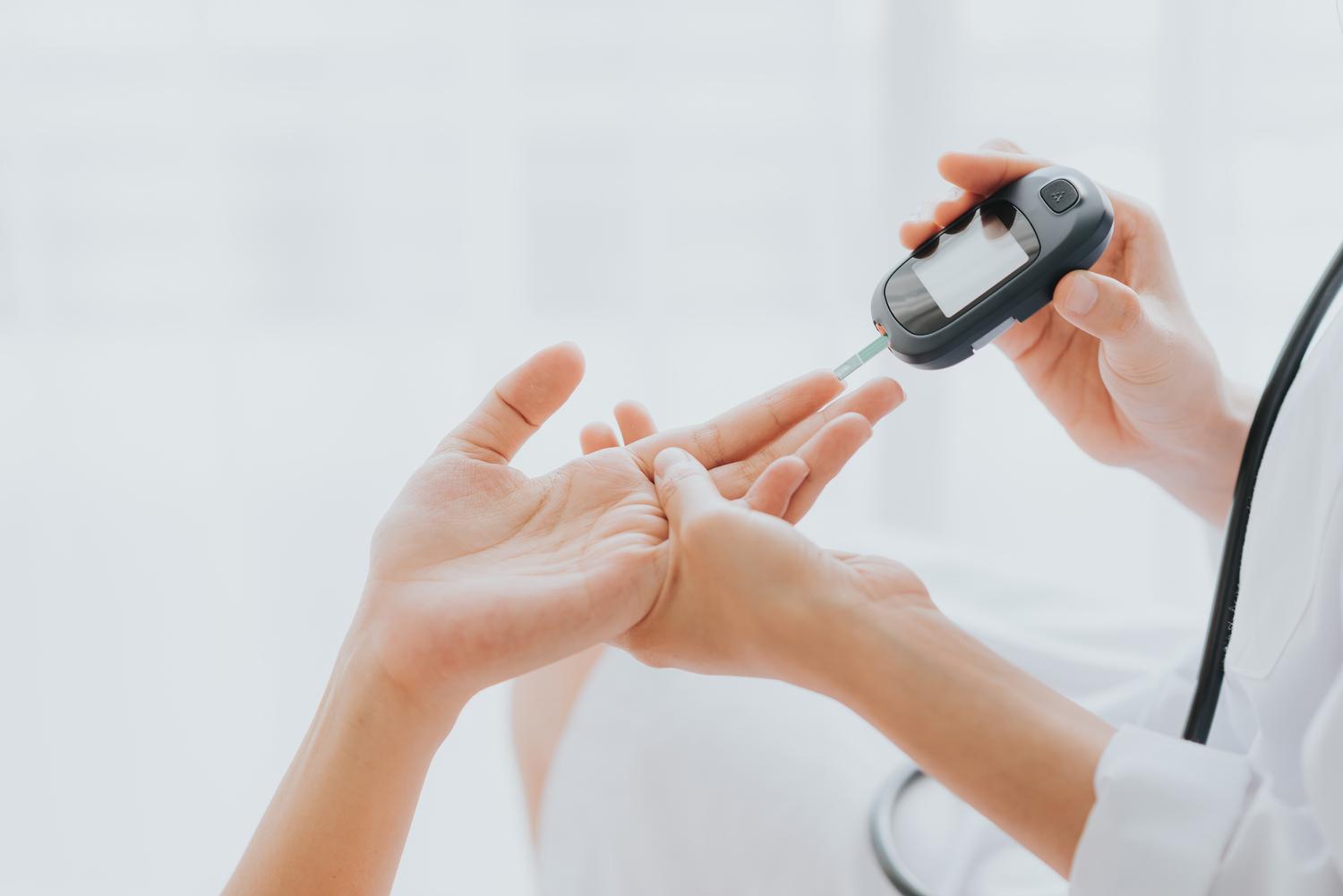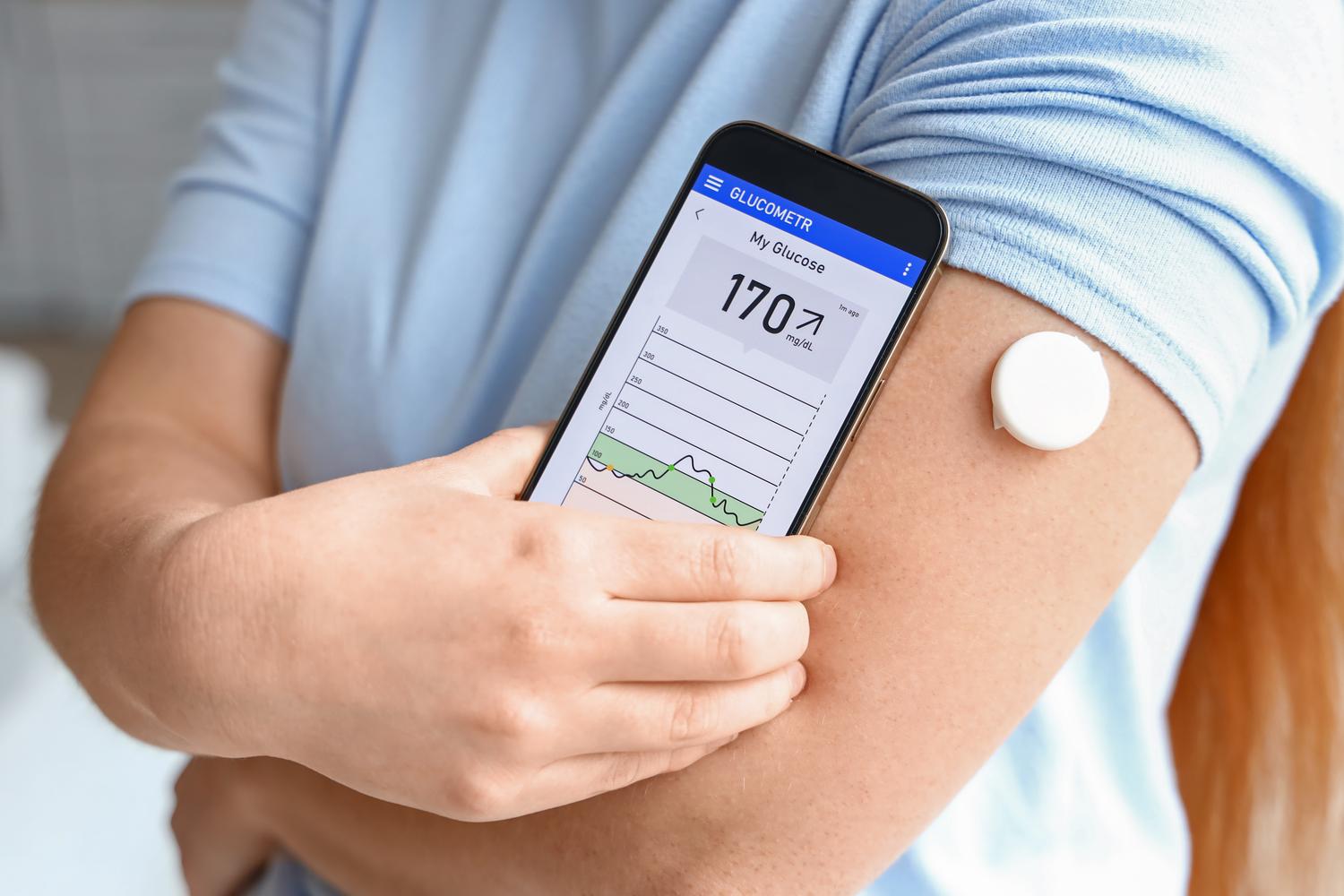Healthy Blood Pressure Level Charts by Age and Gender
Healthy blood pressure numbers by age and gender
Blood pressure readings are a critical indicator of your health. High blood pressure (hypertension) is a major risk factor for many health problems and heart disease. Similarly, low blood pressure levels (hypotension) can put you at a higher risk of dangerous complications.
This article will detail average blood pressure numbers by age and gender and offer guidance on how to read blood pressure readings and what they mean.
How to read blood pressure numbers
Blood pressure is measured in millimeters of mercury (mm Hg). A blood pressure reading consists of a top and a bottom number (“120 over 80,” for example).
The top number is your systolic blood pressure. Systolic blood pressure is the pressure on your artery walls when your heart contracts (also known as your heartbeat). When your heart pumps, it sends extra blood through the vascular system, leading to increased blood pressure. Systolic blood pressure measures the pressure of blood in your arteries.
The bottom number is your diastolic blood pressure. Diastolic is the pressure in your blood vessels when your heart relaxes between beats.
Normal blood pressure numbers mean that your heart doesn’t have to work too hard to pump blood throughout your body and that blood flow is not putting too much pressure on your arteries.
Healthy blood pressure ranges vary depending on age. The ideal blood pressure will change as a person grows older.
Normal blood pressure range in children
Below are normal blood pressure ranges for children by age group. The American Academy of Pediatrics (AAP) categorizes blood pressure ranges in children by age and height percentile. The following table is a general summary of those ranges.
| Age | Systolic blood pressure (mm/HG) | Diastolic blood pressure (mm/HG) |
|---|---|---|
| Newborns up to 1 month old | 60-90 | 20-60 |
| Infants (2 months to 1 year) | 87-105 | 53-66 |
| Toddler (1-3 years) | 95-105 | 53-66 |
| Preschooler (3-5 years) | 95-105 | 53-66 |
| School-aged children (5-10 years) | 97-112 | 57-71 |
| Adolescents (10-19 years) | 112-128 | 66-80 |
These ranges are generally considered normal blood pressure levels. If you have questions about your child’s ideal blood pressure range, speak to a healthcare provider. They can give a more specific range based on your child’s height and age.
Normal blood pressure ranges in adults
Prior to 2017, blood pressure guidelines were split based on age. However, as of 2017, the American Heart Association recommends that adults (people over 18) keep blood pressure levels below 130/ 80 mm Hg. This goes for both men and women, as well as older adults (people over 60).
| Age | Healthy blood pressure ranges for men and women |
|---|---|
| 18+ years | Less than 130/ 80 mm Hg |
Blood pressure categories
Adult blood pressure readings are categorized into five groups. Healthcare providers use these groups to determine whether an individual has hypertension (high blood pressure) and how severe it is.
The American Heart Association (AHA) and American College of Cardiology categorize blood pressure readings in these five groups:
| Blood pressure range | Systolic reading | And/Or | Diastolic reading |
|---|---|---|---|
| Normal blood pressure | Under 120 mm Hg | And | Under 80 mm Hg |
| Elevated blood pressure | 120-129 mm Hg | And | Under 80 mm Hg |
| Stage 1 hypertension (high blood pressure) | 130-139 mm Hg | Or | 80-89 mm Hg |
| Stage 2 hypertension (high blood pressure) | 140-or-more mm Hg | Or | 90-or-more mm Hg |
| Hypertensive crisis | Higher than 180 mm Hg | And/or | Higher than 120 mm Hg |
Elevated blood pressure is not considered a health condition in the way that high blood pressure is. However, regularly elevated blood pressure can leave you at higher risk for developing hypertension.
The dangers of high blood pressure
Blood pressure readings are considered vital signs because they provide crucial information about the health and function of your cardiovascular system. High blood pressure is known as a silent killer because it causes few noticeable symptoms but can significantly increase your risk of heart problems and other health conditions.
These include:
- Cardiovascular disease (heart disease) or heart failure
- Heart attack
- Stroke
- Kidney problems
- Eye problems
- Dementia
Monitoring your blood pressure is one of the best ways to prevent these complications. It’s especially important if you are at risk for hypertension.
Some of the most common risk factors for high blood pressure include:
- Age (hypertension is more common in older adults)
- Race (black adults are at greater risk for hypertension than adults of other racial groups)
- Obesity
- Lack of physical activity
- Family history of hypertension
- Diabetes
- Kidney disease
- Thyroid disorders
- High cholesterol
- Stress
- Tobacco and alcohol use
How to monitor your blood pressure
Many people get their blood pressure checked during their annual physical exam. However, many people experience what is called “white coat hypertension”. This condition occurs when an individual's blood pressure levels are higher in a clinical setting like a doctor’s office than they are at home. Because of this, you may want to keep a blood pressure monitor at home to measure your levels on your own.
Here are some tips for using an at-home blood pressure monitor:
- Buy a blood pressure monitor that comes with a blood pressure cuff that goes around your upper arm
- Sit upright with your back supported and your feet on the floor
- Relax your arm on a tabletop or counter with the blood pressure cuff level with your heart
- Put the cuff on your upper arm just above your elbow on bare skin
- Avoid exercising or consuming tobacco, alcohol, or caffeine for at least 30 minutes before taking your reading
- Take one reading, leave the cuff on, and take a second reading after a few moments; make an average of these two readings
When to see a doctor about hypertension
To maintain your heart health, it is recommended that you get a blood pressure screening every two years starting at the age of 18. If you are over 40 or are at an increased risk of hypertension, talk to your provider. They may recommend that you screen every year.
If your provider diagnoses you with hypertension, you will be prescribed treatment to lower blood pressure.
These treatment options include:
- Eating a healthy diet
- Getting more exercise
- Getting more sleep
- Managing stress
- Quitting smoking and limiting alcohol consumption
Depending on your condition, you may be prescribed blood pressure medication along with healthy lifestyle changes. Medication and lifestyle adjustments should be used together to treat hypertension and the underlying causes of the condition.
How Sesame can help
Whether you’re already managing hypertension or are concerned about your blood pressure readings, book an online doctor appointment on Sesame to speak to a licensed healthcare provider right away. Providers on Sesame can answer your questions, offer medical advice, and prescribe blood pressure medication if appropriate.









